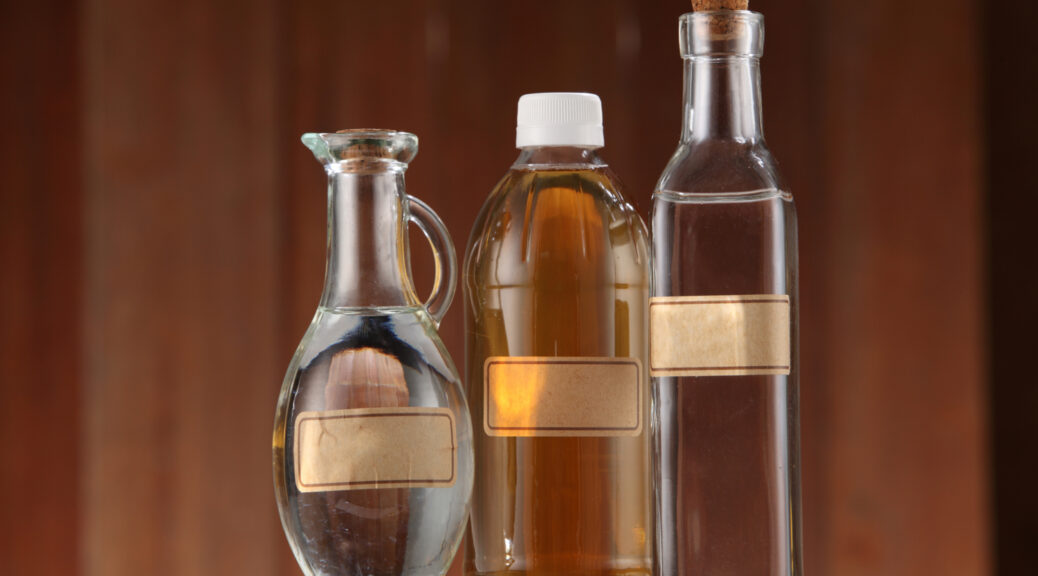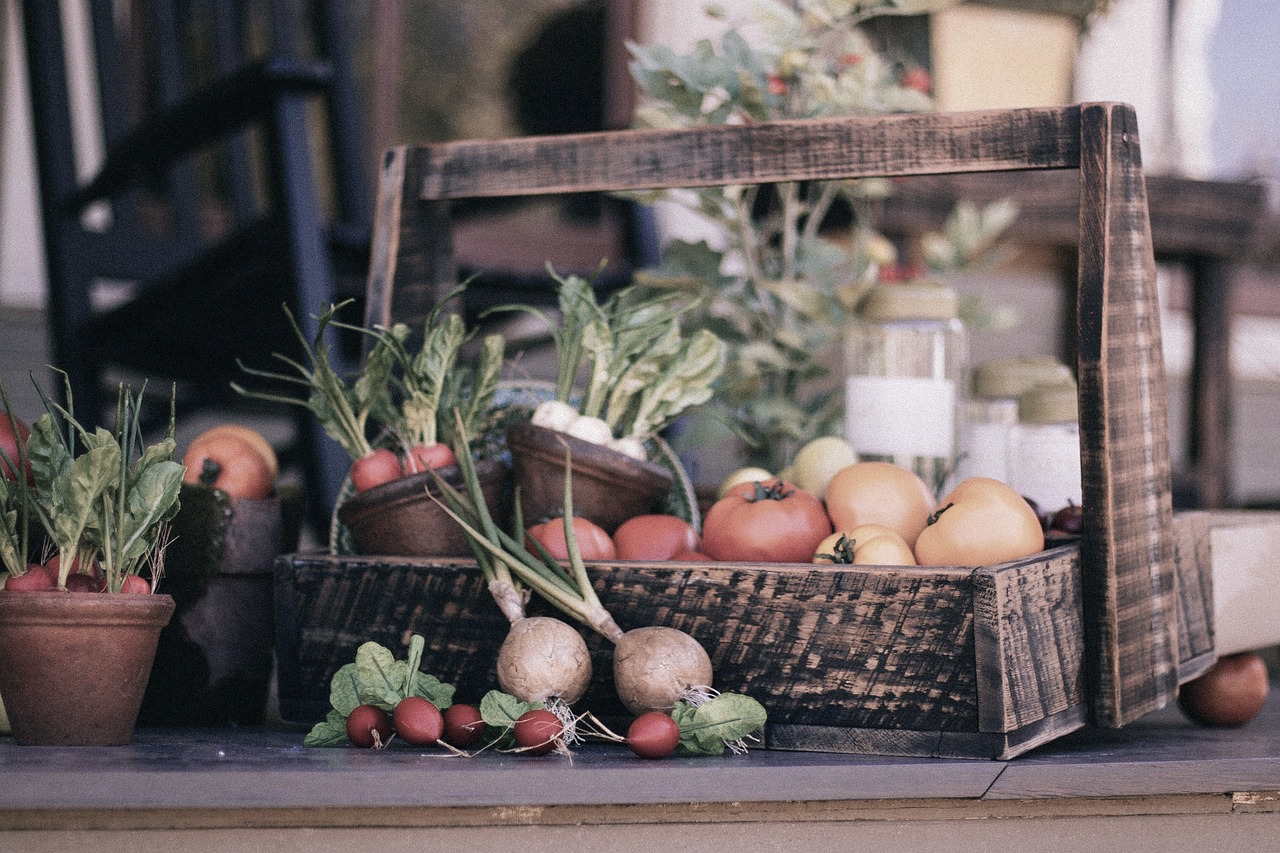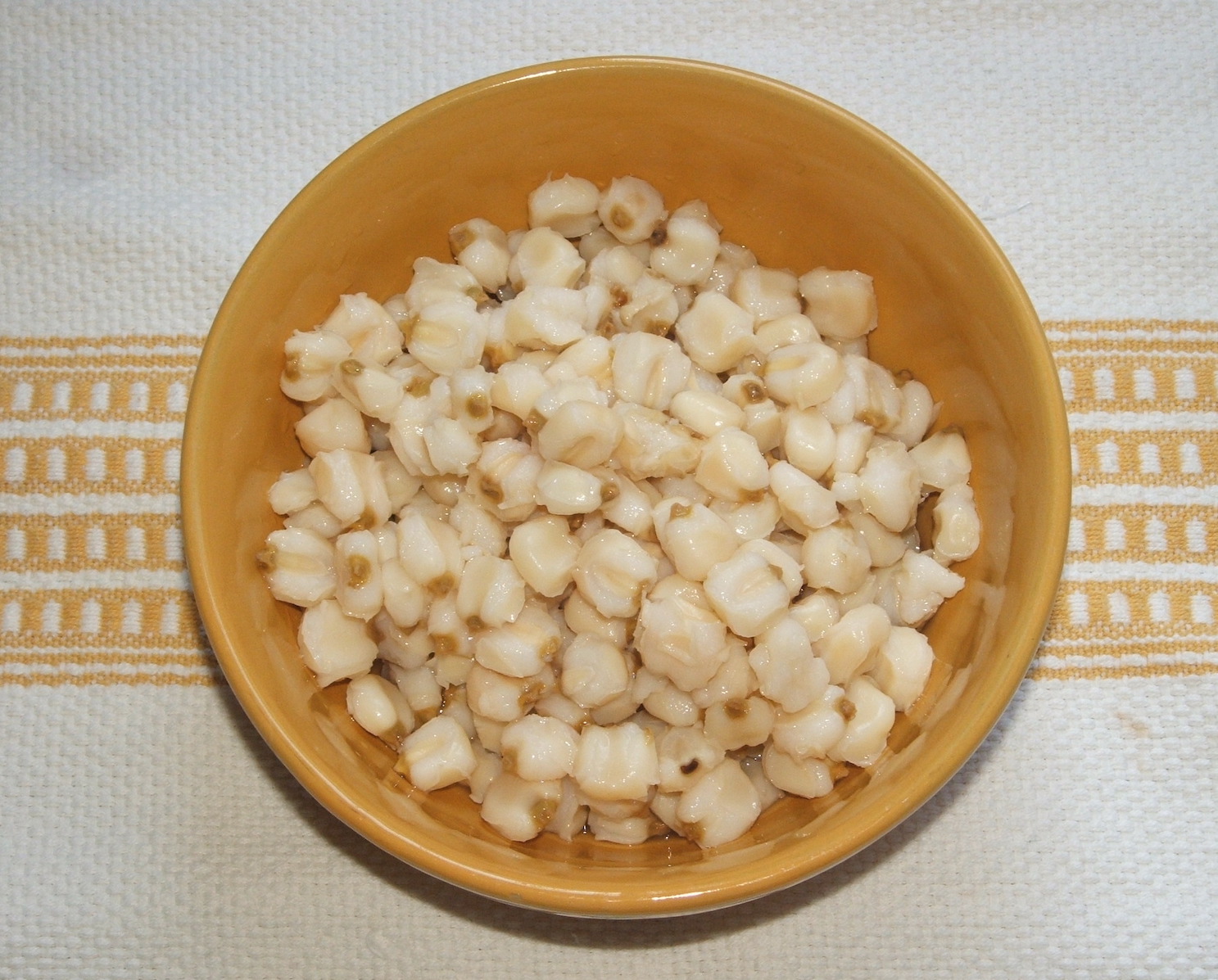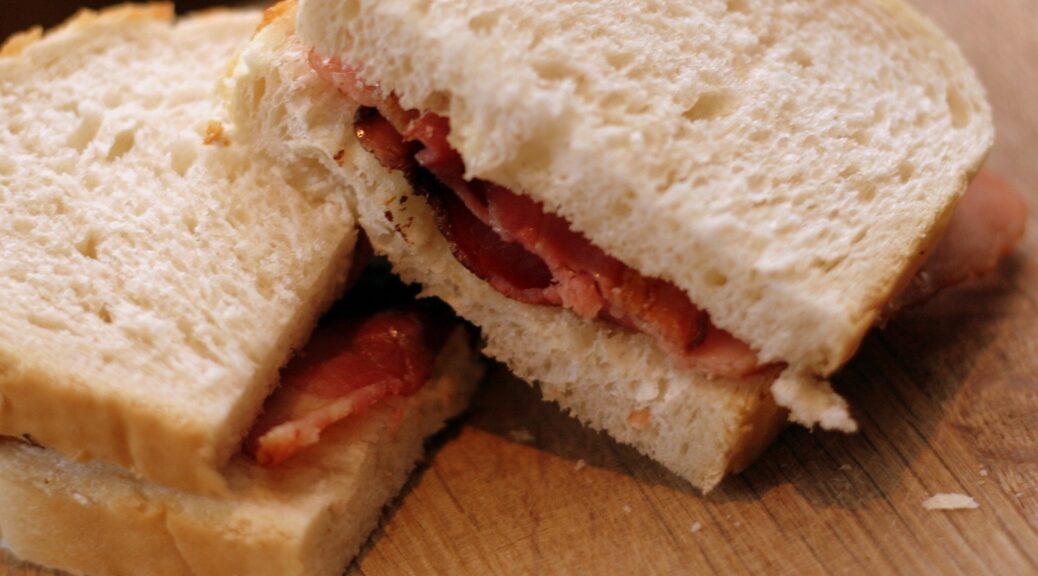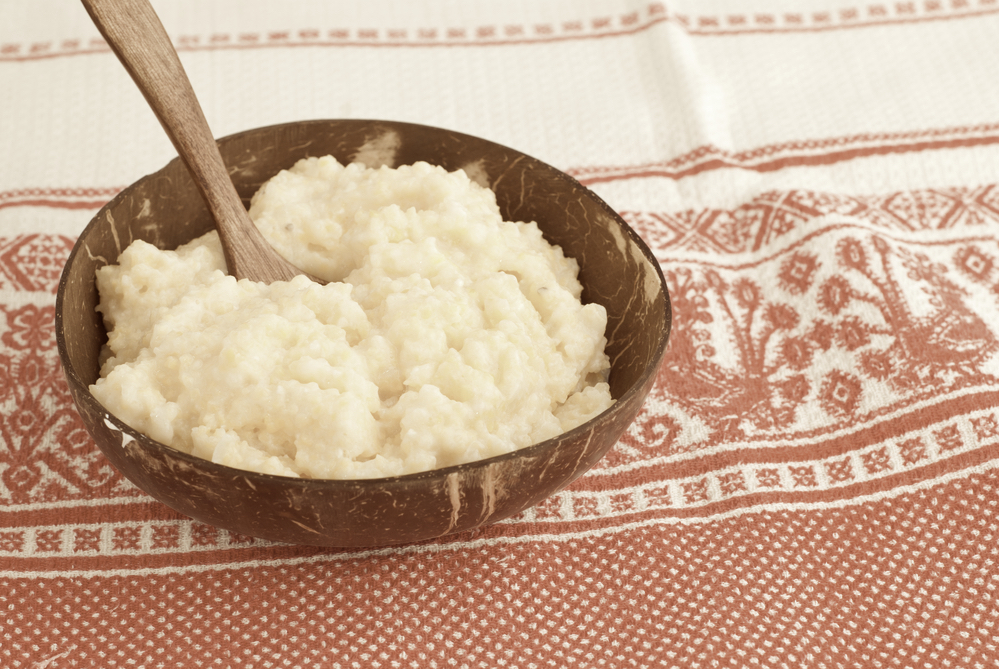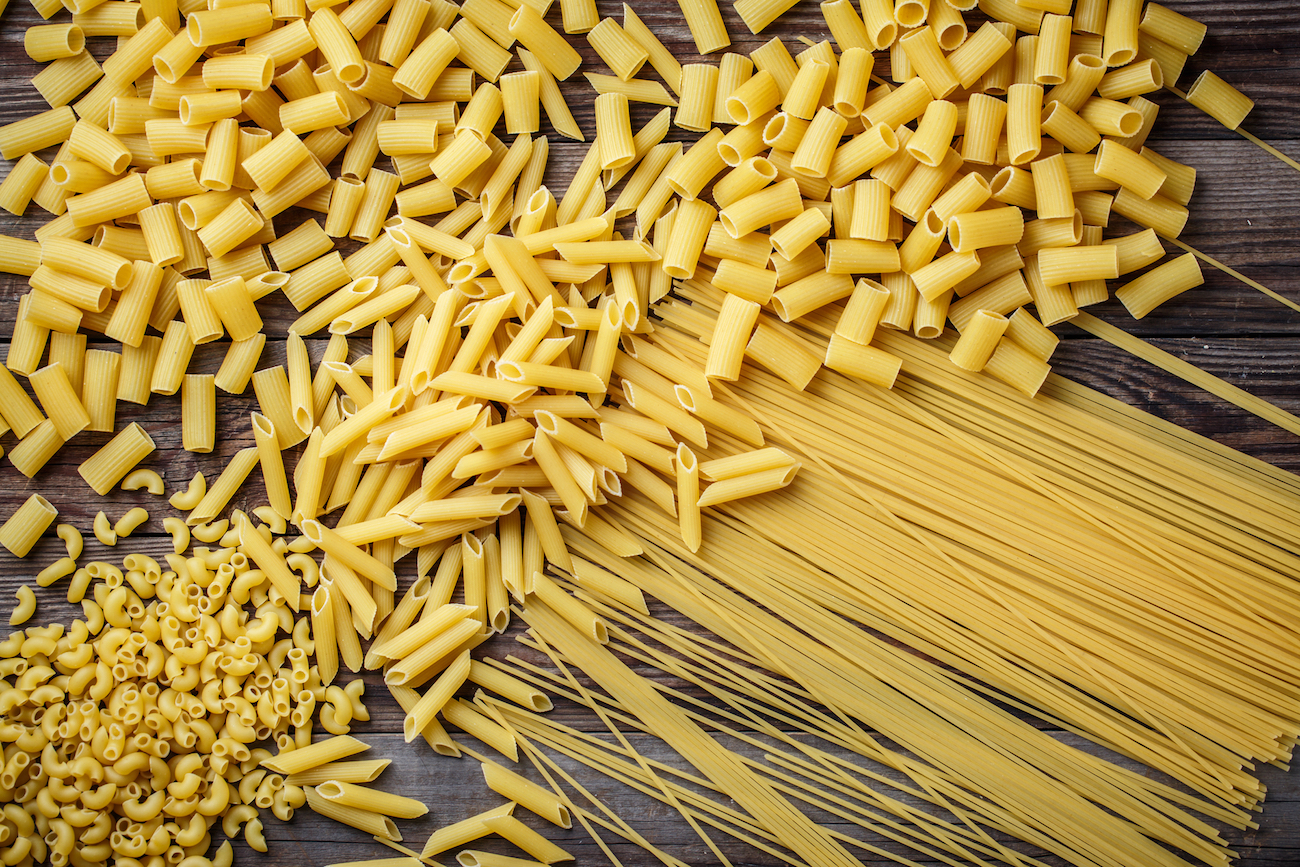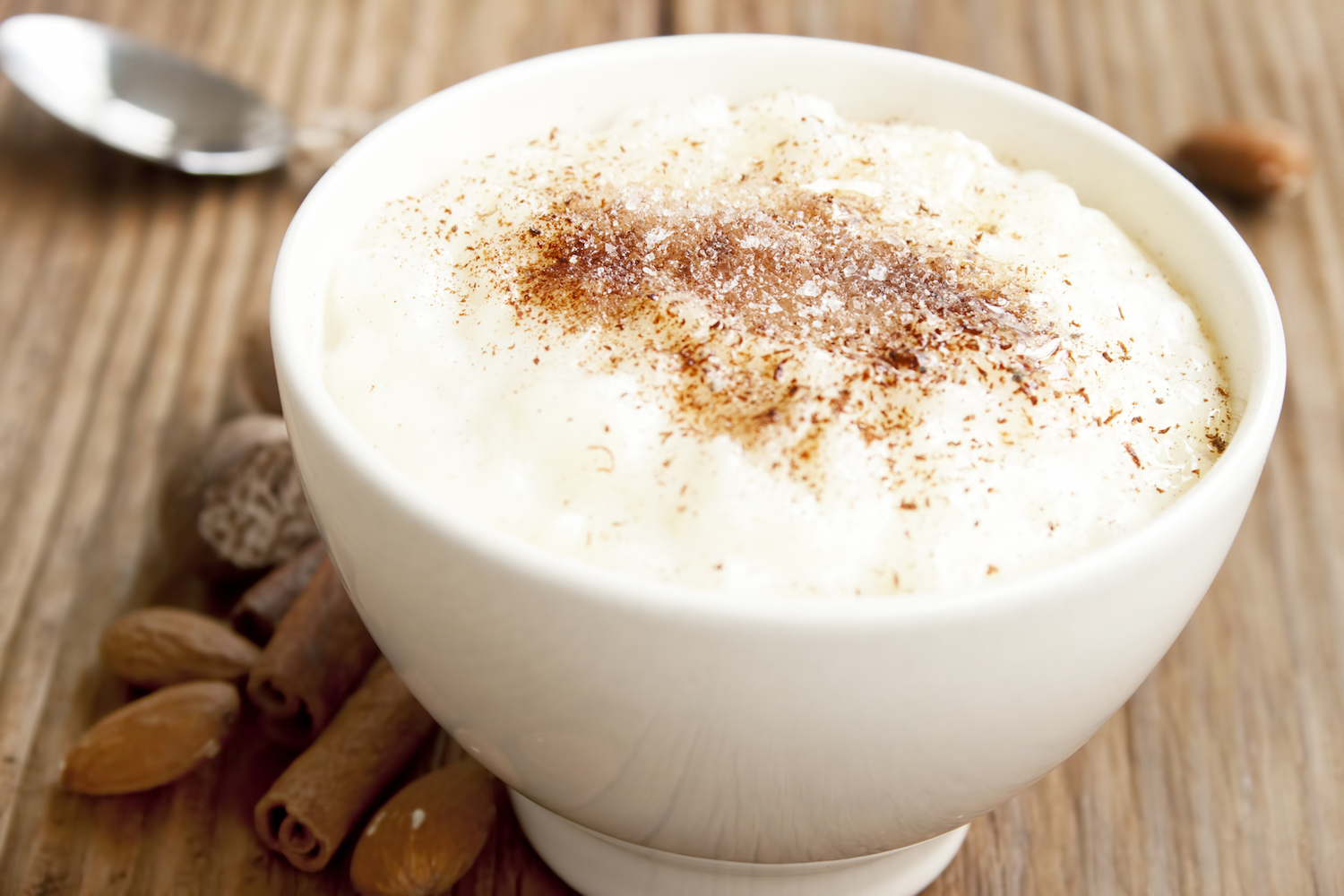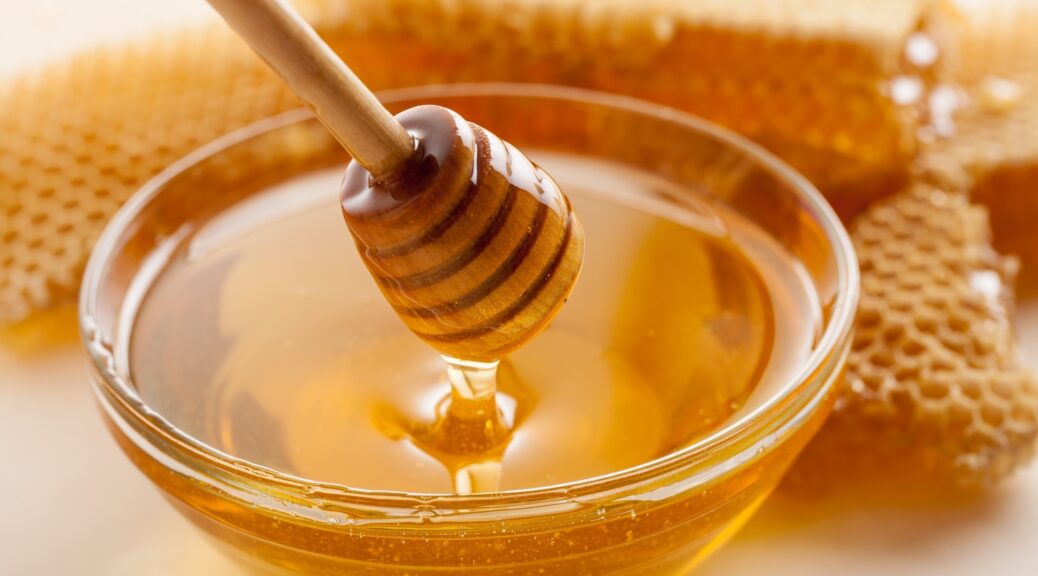Make Homemade Flavored Vinegars
“These vinegars will be found very useful, at times when the articles with which they are flavored cannot be conveniently procured. Care should be taken to have the bottles that contain them accurately labeled, very tightly corked, and kept in a dry place. The vinegar used for these purposes should be of the very best sort.” (quote from an 1800s cookbook) INFORMATION BELOW FROM 1800s COOKBOOKS TARRAGON VINEGAR Tarragon should be gathered on a dry day, just before the plant…
